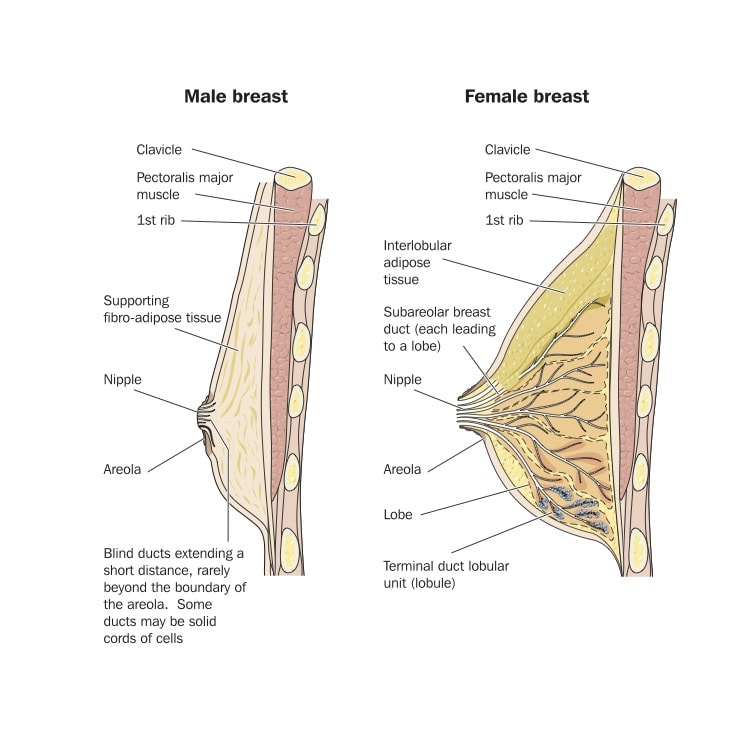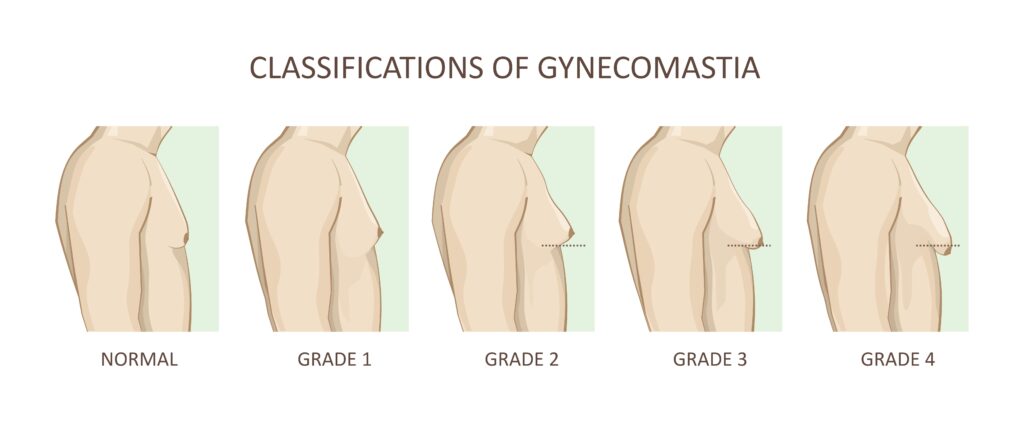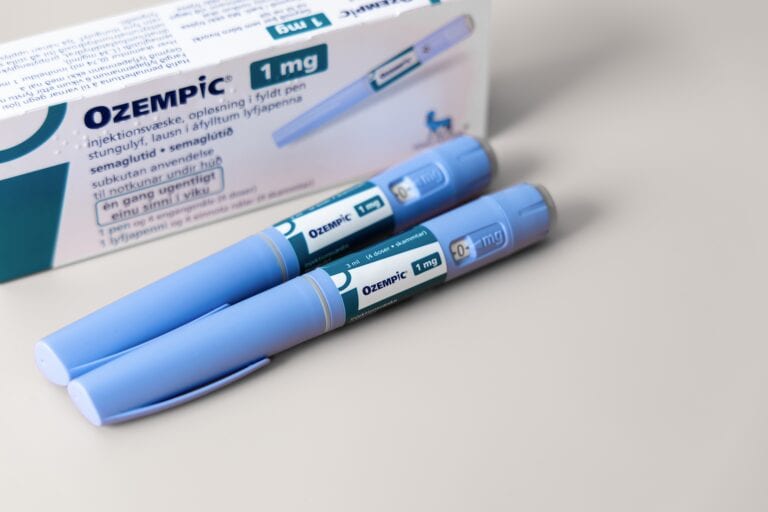What do Richard Roundtree (“Shaft”), Peter Criss (KISS drummer), and Montel Williams all have in common? They all had male breast cancer.
Table of Contents
ToggleMale breast cancer accounts for only 1% of all breast cancers
The risk of developing male breast cancer goes up as you age. The average age of diagnosis in men is 68. While women have an overall risk of 1 in 9 of developing breast cancer, for men it’s more like 1 in 800.

You might ask how or why a man would develop breast cancer. It’s because we have breast tissue, just, in most cases, considerably less than women. Gynecomastia is a condition of breast enlargement that some male adolescents and adults develop due to hormonal issues, and the breasts can take on a very feminine look.

So, the breast tissue is there. Why does it become malignant?
Risk Factors For Male Breast Cancer
There are many risk factors that can increase the odds of developing male breast cancer:
- Family history of breast cancer in either parent
- High estrogen levels that can occur with treatment for prostate cancer
- Obesity can increase your estrogen hormone levels
- Liver disease like cirrhosis, related most often to excessive alcohol consumption, also changes the hormonal balance in a man’s body.
- A history of radiation to the chest area.
The most common presentation of male breast cancer is a painless lump in the breast. Sometimes, there can be a bloody nipple discharge even without a lump, or skin changes like puckering or dimpling.
It’s rare that men get mammograms
If a lump can be felt, a needle biopsy is usually done to establish the diagnosis. If there is only a discharge from the nipple, an ultrasound or MRI is usually done, followed by a guided needle biopsy.
Once the diagnosis is made, the prognosis depends on the stage of the disease. Early detection and treatment, as with most cancers, can lead to an excellent prognosis, with long-term survival. Typically, the surgical treatment of choice is mastectomy, which may or may not be followed by radiation.
If the tumor is hormone sensitive, treatment with either an estrogen receptor modulator like Tamoxifen, or an aromatase-inhibitor like Arimidex will be recommended.
The 5-year survival rate for male breast cancer is 83%, and 10-year survival is as high as 71%. That’s good news, but obviously depends on how advanced the cancer is when diagnosed.
Prevention, like any disease, is the key to cure and survival. October is a good month for men to increase their awareness of male breast cancer.
So feel yourself up once a month and report any abnormal findings to your doctor!

















